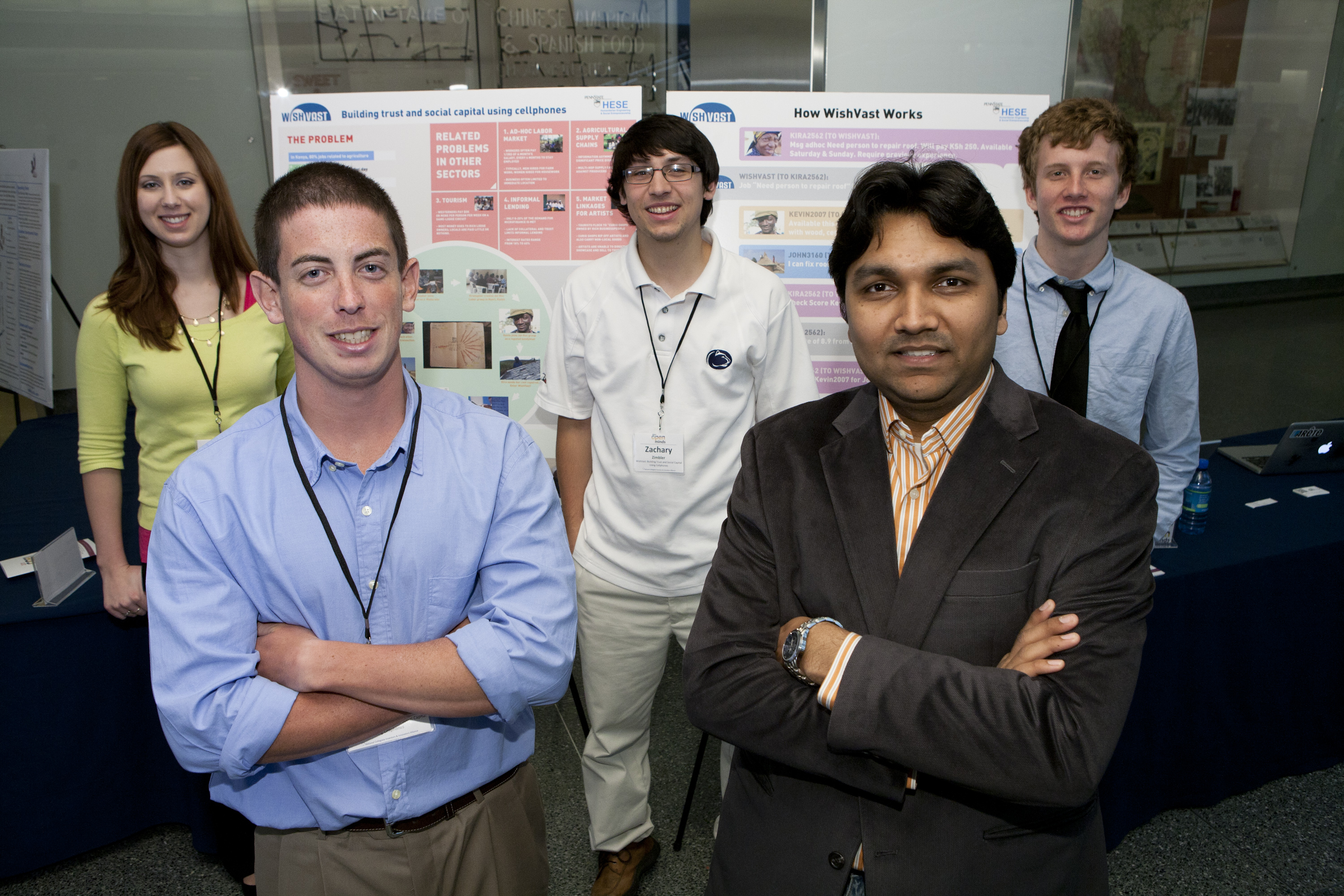
Entrepreneurship education is starting to steal the limelight in the US. Students want it—about four in ten students want to start their own businesses, according to a poll released in January by Gallup—and schools want to deliver it. The number of colleges and universities that offer courses related to entrepreneurship has grown from a handful in the 1970s to over 1,600 today. The New York Times called the recent explosion in curricula and programs devoted to entrepreneurship an “innovation arms race”.
What comes next for entrepreneurship education? From our point of view, many challenges remain in the midst of this huge expansion. Here are five trends we’ll be tracking in 2016.
Deeper integration
One of the biggest trends—and biggest challenges—in entrepreneurship education is integrating it throughout the curriculum and campus at large, weaving it into the fabric of higher education.
We’re not there yet. While the number of programs, courses and makerspaces is growing rapidly, today’s programs typically still reach only a modest proportion of the student population, are not well integrated with the core curriculum and often require students to overextend themselves to participate.
The good thing? Foundational approaches to broader incorporation of innovation and entrepreneurship (I&E) in higher ed are expanding, enabled by programs like VentureWell’s grants and communities that support the creation of new and better programs. We believe 2016 will be a tipping point for greater incorporation of I&E into courses, co- and extra-curricular offerings and policy modifications that enable broad access.
More inclusion
There is an urgent need to develop approaches to entrepreneurship that increase inclusion and diversity. The gender imbalance in the tech startup world is emblematic of a wider problem that requires thoughtful approaches to solve. We must ensure that the programs, networks and resources being developed to support I&E are as engaging to women as they are to men and are relevant and inviting to students from all ethnic and racial groups. 2016 will see concrete steps taken in that direction including the emergence of models and a better understanding of needs and solutions.
Makerspaces as the new normal
Many education communities have embraced the idea of creating spaces where students have access to the tools, materials and training they need to create physical things. Models have begun to emerge that are replicable and most institutions will have something they call a makerspace within a year or two. But there are big differences between a space and a space that ‘works’. The focus in the coming year will be on figuring out what makes a space effective in building community, sparking learning and becoming part of the fabric of the institution. Look for new insights and ready-to-use models for improving makerspace effectiveness.
New language for getting out of the classroom
The emergence of Customer Discovery, the Business Model Canvas and Lean/Agile Entrepreneurship has created a common language for learning and doing early stage innovation. Separating out the process of identifying an opportunity from the process of planning a business has revolutionized entrepreneurship education. With an installed base of courses and hundreds of short-form, hands-on opportunities to spend a weekend hacking your way to a startup, the table is set for greater access and expansion of this phenomenon to the world of physical products and science-based innovations.
Global passion sparks global solutions
In the past there has been tremendous focus on supporting individual entrepreneurs (students or otherwise) looking to solve global issues like access to healthcare, clean water and sanitation. But as these innovators have moved their ideas out of the lab and into the market, it’s become more and more clear that in order to start truly solving the biggest issues—eliminating them long-term—the ecosystems within which the problems lie need to change. Current global I&E ecosystems are fraught with challenges: underdeveloped university cultures of creativity and entrepreneurship, lack of innovator spaces, siloed public and private sectors, and barriers to business initiation. In 2016 we’ll see more focus on developing global I&E ecosystems, helping generate long-term solutions to persistent problems.